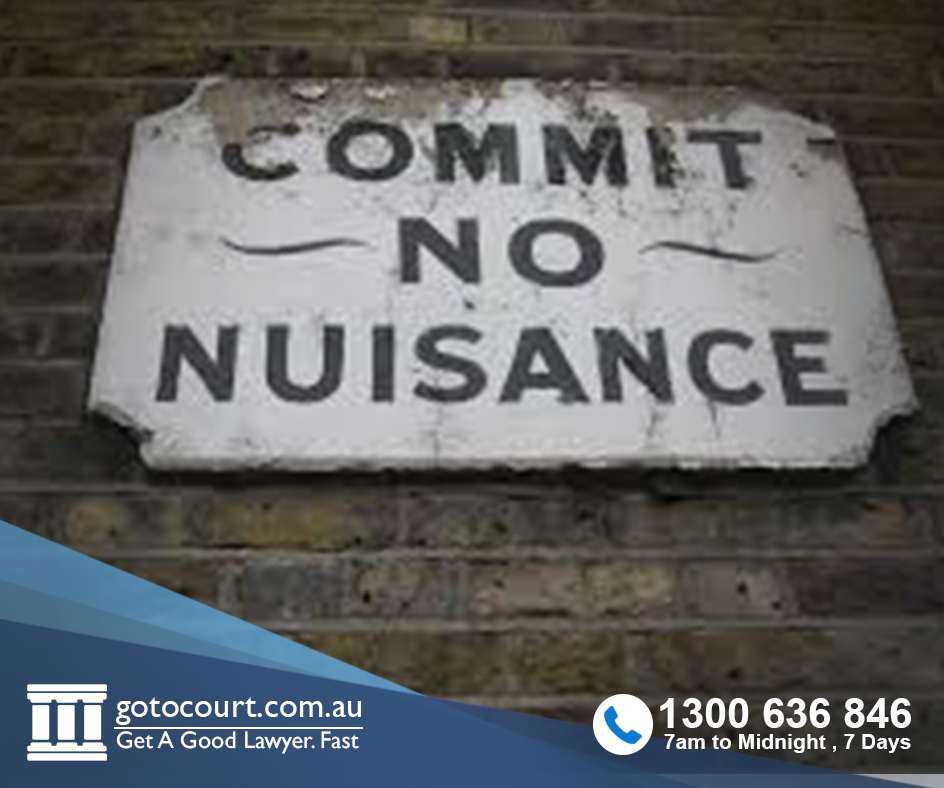Landlord Rights and Obligations (Vic)
Landlord rights and obligations in Victoria are governed by the Residential Tenancies Act 1997 (RTA). Landlords must comply with their obligations when a lease is signed, during a tenancy and at the conclusion of the tenancy.
Starting a tenancy
At the start of a fixed-term tenancy, the landlord must provide a tenancy agreement (in the standard form) to the tenant. At the start of a periodic tenancy, if the lease agreement is in writing, it must be provided to the tenant in the approved form.
The tenant must be given time to read and understand the agreement before signing. The landlord has the right to add special conditions to the agreement. However, these cannot contradict the rights and obligations contained in the RTA.
A condition report documenting the state of the property must be completed by the landlord and given to the tenant, prior to the tenant moving in.
Landlord rights and obligations in relation to bond
A landlord may require payment of a bond at the start of a tenancy. Where the rent is less than $900 per week, the bond cannot be more than one month’s rent. However, if the weekly rent is more than $900, there is no limit on the bond amount.
The bond must be lodged with the Residential Tenancies Bond Authority (RTBA).
Entry
Landlords may enter leased properties either with the consent of the tenant or after giving seven days notice. The notice of entry must be in writing and must state the reason for entry. The entry may occur between 8 am and 6 pm and must not occur on a public holiday. Entry outside of these times may occur if the tenant and landlord agree.
A landlord may enter a property for a range of reason, including to conduct an inspection. A general inspection of a rental property may be conducted once every six months.
Repairs
A landlord has an obligation to organise repairs to the property within a reasonable time. Where repairs are required urgently, the landlord must have them done as soon as practicable. Non-urgent repairs must be carried out within 14 days.
If a property is declared unliveable, the landlord can terminate the tenancy agreement immediately.
Rent
If the tenant falls into rental arrears by more than 14 days, the landlord has the right to issue the tenant with a notice to vacate the property. The notice period is 14 days.
If the tenant refuses to vacate the property, an application to evict the tenant must be made to Victorian Civil and Administrative Tribunal (VCAT).
Pets
A landlord may refuse to give a tenant permission to keep a pet at rental premises; however, permission may only be refused where this is reasonable, taking into account the type of pet, the nature of the premises, and any other relevant matters.
Minimum rental standards
The landlord is required to ensure the property complies with minimum rental standards. This includes ensuring the property has a functioning bathroom, a kitchen, adequate lighting, safe access to electricity and lockable external doors.
Pests
When pests are found in a rental property, responsibility for eradicating them may fall on the landlord or on the tenant depending on:
- whether the pests were present prior to the start of the tenancy
- whether damage contributed to the pests entering the property
- whether something the tenant has done has brought the pests.
If the parties cannot agree on who is responsible, the matter will be decided by VCAT.
Ending a tenancy
At the end of a tenancy, the tenant must leave the property clean and free of damage. This will be assessed bearing in mind the condition of the property when the tenant moved in. General wear and tear will not be considered damage.
The landlord must complete a final inspection once the tenant has moved out. If there is damage caused by the tenant or if the premises have been left unclean, the landlord may withhold all or part of the bond to cover the costs of rectifying this.
If some of the bond is returned, both parties must sign a Bond Claim form. It is on this form the landlord can claim a proportion of the bond for damage or cleaning.
If the tenant does not agree to the amount being deducted from the bond, either party may apply to VCAT to have the dispute settled.
If you require legal advice or representation in any legal matter, please contact Go To Court Lawyers.
This article reflects the state of the law as at 23 March 2016. It is intended to be of a general nature only and does not constitute legal advice. If you require legal assistance, please telephone 1300 636 846 or request a consultation at www.gotocourt.com.au.





